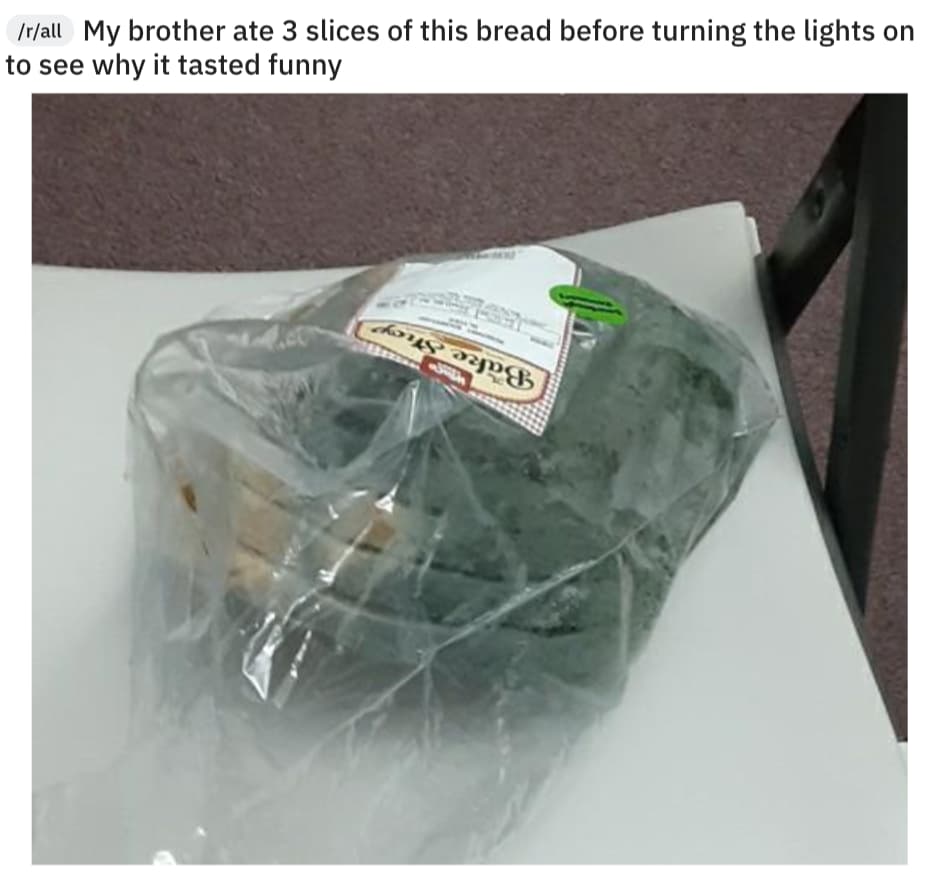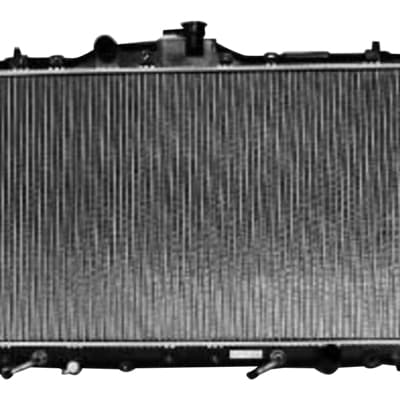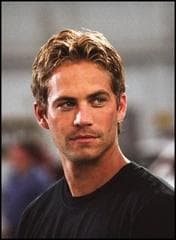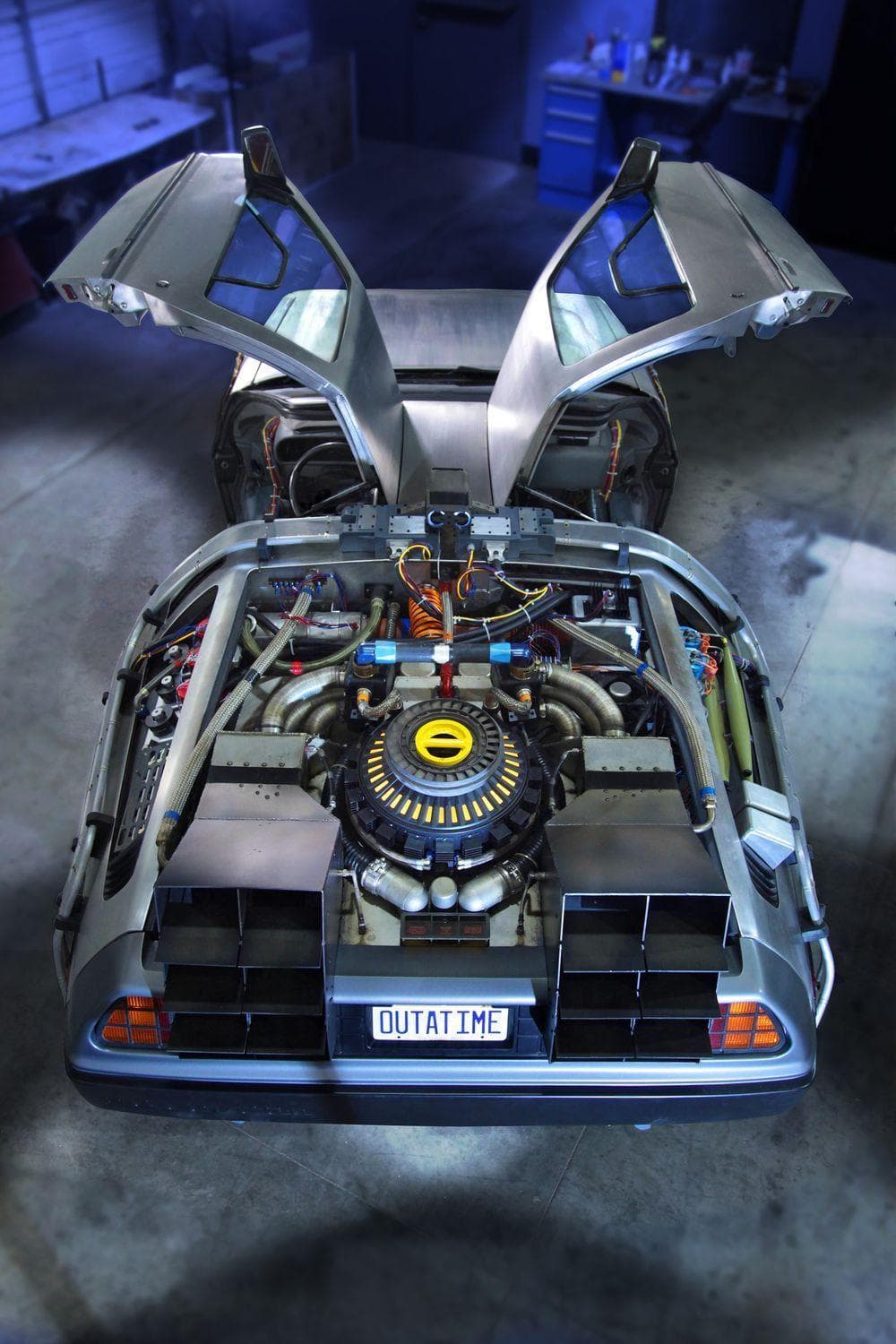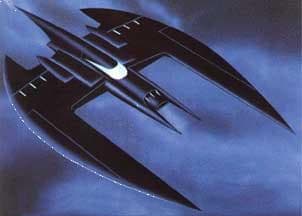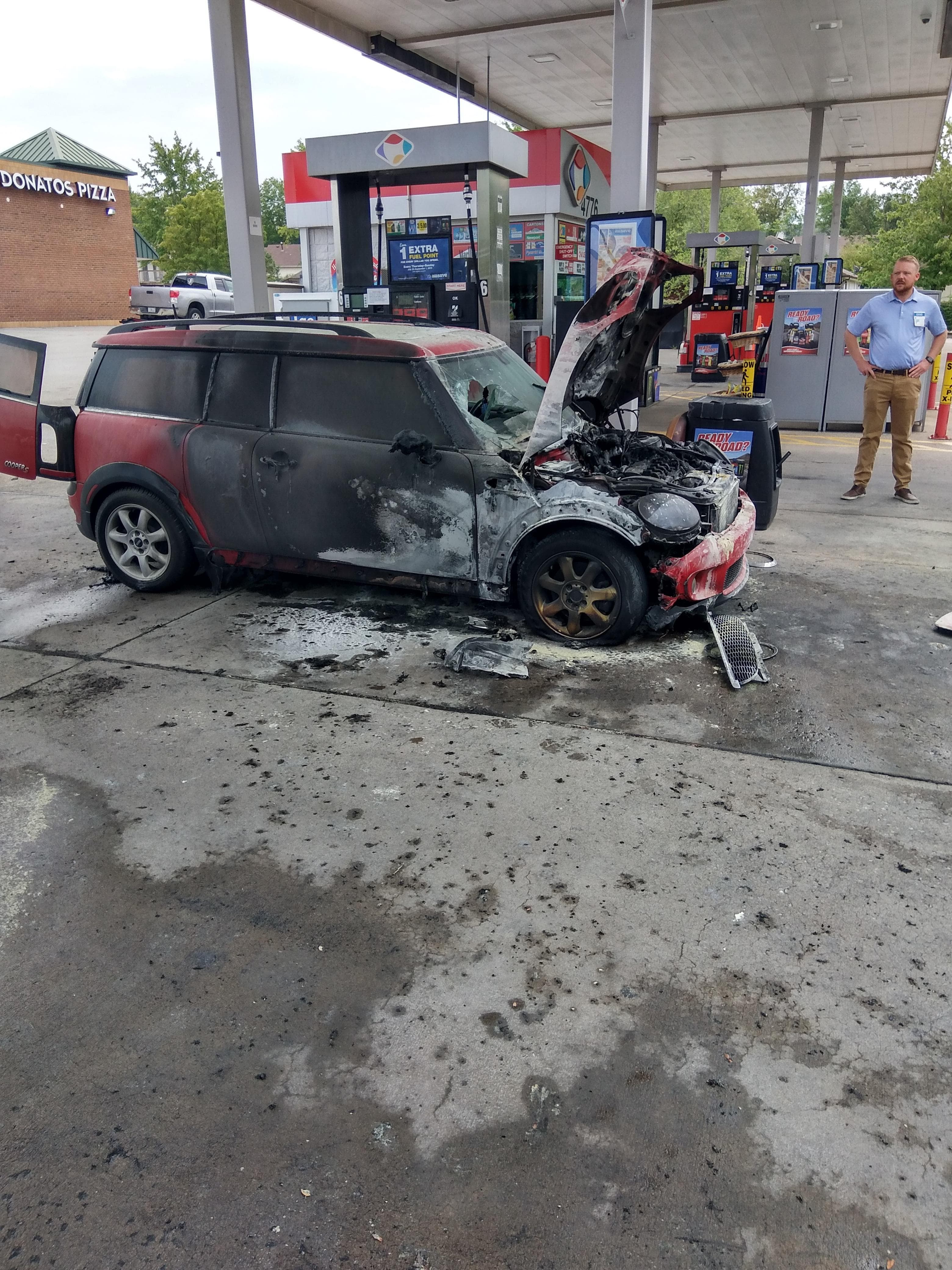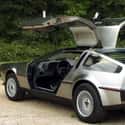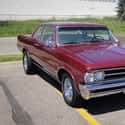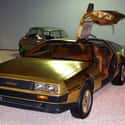-

(#12) Desperate For Funding To Keep His Factory Afloat, John DeLorean Got Embroiled In A Massive Coke Deal
The DeLorean company continued to hemorrhage money. Cars were underselling, the British government denied John DeLorean additional funds when he made a request in January 1982, and the future of the entire enterprise was dire. As the British government placed the company in receivership, the Belfast factory got shut down, and some 2,500 workers were laid off, the depths of DeLorean's desperation became clear.
On October 19, 1982, DeLorean was detained and charged with possession of coke. According to FBI Special Agent Richard T. Bretzing, DeLorean "expressed an interest in financing some operation that would return quickly on his investment." DeLorean had, with the assistance of his FBI-informant neighbor, agreed to a deal through which he'd offer up DeLorean stock in exchange for more than 50 pounds of coke. This amount was only a fraction of the 220 pounds he'd agreed to purchase.
-
(#5) DeLorean Set Out To Start His Own Company And Make The Small, Sylish, Fuel-Efficient Cars That GM Was Against
In DeLorean's words, GM "had a moral responsibility to build smaller cars, especially in GM's case as America's major supplier of transportation equipment... We had a responsibility to do that - whether it was profitable or not. And what happened is that we didn't, and we left those cars to overseas."
Where GM failed, DeLorean was determined to step in. DeLorean founded an automobile company, aptly named the DeLorean Motor Company, in 1975. By 1977, DeLorean, assisted by former collaborator at GM, William "Bill" Collins, and Italian designer, Giorgetto Giugiaro (of Alfa Romeo fame), had created an "ethical" sports car. Collins was soon replaced by Colin Chapman, engineer and founder of Lotus Motors in the UK.
The DMC-12 was supposed to weigh less than all other sports cars - only 2,200 pounds - and get far better gas mileage. It had numerous features, including wing-like doors - to "add sex appeal" - and, despite a smaller engine, could go from "0 to 60 mph. in less than eight seconds." According to DeLorean, the car would be made in a factory absent "spray booths and paint ovens" to protect employees from "[finding] out 20 years from now they have some funny lung disease."
-
(#2) Against GM’s Wishes, DeLorean Created A Workaround To Put Big Powerful Engines Into Smaller Cars
The GTO - short for the Italian phrase gran turismo omologato - was DeLorean's biggest success. The design, however, was one that went against GM policies and standards of practice. DeLorean wanted to put a big, powerful engine into a small automobile frame, something GM executives were ardently against. To get around this, he devised a plan with Pete Estes, the head of the Pontiac division, to get around the policy. Instead of designing a new car that featured a V-8 engine, they'd simply offer an upgrade on the current Pontiac Tempest model.
The Pontiac Tempest was introduced in 1961 as a model that, according to Motor Trend magazine, had superior, "riding qualities... probably the best in its class... [with] a precise feel at highway speeds... [and] better than average handling at all speeds." When Pontiac presented the Tempest LeMans later that year, it was a sportier version of its predecessor. Continued tweaks and options on the design in 1962 and 1963 made the midsize Tempest the perfect candidate for even more innovation.
While DeLorean and other Pontiac team members - namely Bill Collins, Russell Gee, and Jim Wangers - looked at the chassis of a Tempest one Saturday morning, Collins said, "You know, John, with the engine mounts being the same, it would take about 20 minutes to slip a 389 into this thing." In that moment, the GTO was born.
Pontiac sold the Pontiac Tempest GTOs - the first of the so-called muscle cars - as a version of the standard 1964 Tempest. The bigger V-8 engine was a $295 upgrade.
-

(#6) The UK Government Offered DeLorean $100+ Million In Investment Capital, So He Built His Factory Outside Belfast - In The Thick Of The Troubles
John DeLorean hadn't been lacking for support, enlisting private investors like Johnny Carson and Sammy Davis Jr., and he took out a significant loan to support his efforts. As he shopped for government funds, he reportedly pitted supporters against each other, "flirting with Canada, Spain, Pennsylvania, Ohio, and... Detroit."
When it came time to put the DMC-12 into production, DeLorean opted to take the UK up on its offer for financial backing. Despite having made an agreement with the United States to develop a factory in Puerto Rico, DeLorean reneged and opted to build his factory near Belfast in Northern Ireland.
In exchange for bringing 2,500 jobs to the region, which was deeply entangled in the conflict between Catholics and Protestants at the time, DeLorean received $77 million from the UK. The agreement was reached in 1978; with additional private investment money, loans, and grants, the factory pushed out the first DMC-12s three years later.
-
(#7) The Factory Had Separate Entrances For Catholic And Protestant Employees
The site of the DeLorean factory was near Belfast, a location called Dunmurry, and it opened squarely in the middle of conflicts between Catholics and Protestants. DeLorean feared conflict would break out among the workers, so he established separate entrances for Catholics and Protestants.
From the perspective of residents, the different entrances weren't entirely the result of religious differences. Barrie Willis, former supplies director at the factory and eventual CEO, explained:
It was misleading: the Catholic population lived on Twinbrook, and the Protestant population lived on Seymour Hill estate, on the other side of the railway line. So they came from different directions. Hence the two gates.
DeLorean was concerned about his own safety and any actions taken by the Irish Republican Army, especially in light of the kidnapping and slaying of Thomas Niedermayer in 1973. Niedermayer had been the manager of the German Grundig electronics factory near the Dunmurry site.
One additional concern for DeLorean was upsetting the spiritual order of the region. Fairy trees, located throughout the countryside, are to be honored and showed respect. They shouldn't be touched, trimmed, or cut down, but during the construction of DeLorean's factory, at least one fairy tree was said to have been upended by contractors.
-
(#11) The Company Unveiled A Crazy-Expensive 'Gold' DeLorean As A Promotion - And Sold Two
Sales of the DeLorean didn't meet expectations, with only about 6,000 finding their way on the roads by 1982. In addition to the standard DMC-12, the company also produced an even more expensive version of the car - this one plated with 24-karat gold.
According to the original ad for the gold-plated DeLorean, it was "the car of the future - a sports car so spectacular that it surpasses the imagination." DeLorean indicated it would make 100 of the gold-plated versions, telling consumers that time was limited on such an exclusive luxury car. The DeLorean was equipped with...
A richly appointed Connolly English and Italian glove leather interior, multi-speaker high output stereo system, air conditioning, full instrumentation and electrical locking, a rear-mounted, light alloy overhead cam PRV V6 2.85 litre engine, Bosch K-Jetronic fuel injection, Lambda Sond/catalytic emission control, 5-speed manual, or 3-speed automatic transmission, counter-balanced gull wing doors with cryogenically pre-set stainless steel torsion bars - to name just a few of its features.
The price tag was $85,000 - "chargeable, of course, on your American Express Card account." For comparison, a Porsche 911 ran for $27,700 in 1980, while a Corvette cost just over $16,000 in 1981.
Only two gold-plated DeLoreans were sold, one to a buyer in California and the other to a customer in Texas.
New Random Displays Display All By Ranking
About This Tool
DeLorean Motor Company is a mysterious automobile company in the United States. The special thing about the company is that it has only produced one model of car, called DeLorean.In the science fiction movie "Back to the Future", the car DeLorean that can travel through time and space, was mass-produced in real life, but the company went bankrupt before the movie was released. The founder of the company is John DeLorean. This Englishman was once known as the most daring car businessman in history, and may also be the biggest car liar in history.
This random generator tool collates 14 items, you can learn about his life experience here. If you find this random tool is useful and interesting, please share it with your friends.
Our data comes from Ranker, If you want to participate in the ranking of items displayed on this page, please click here.

